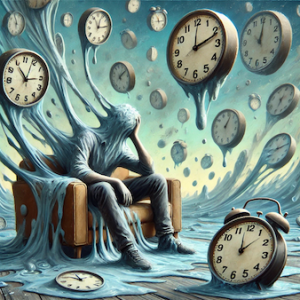Zu hor eta ni hemen.
Let’s agree to disagree.
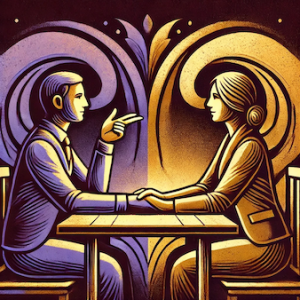
These proverbs were collected by Jon Aske. For the full list, along with the origin and interpretation of each proverb, click this link.
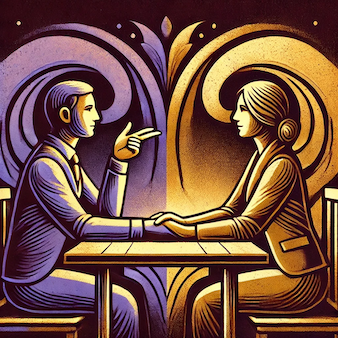
Zu hor eta ni hemen.
Let’s agree to disagree.

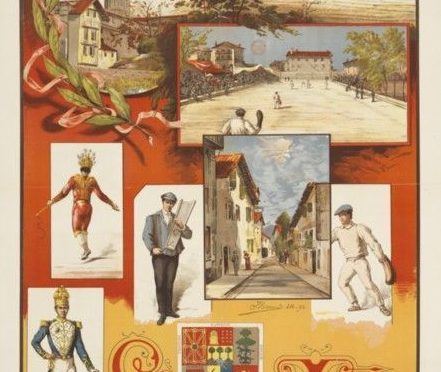
The motto Zazpiak Bat – or the equation 4+3=1 – is a common way to express the unity of the seven historical Basque provinces. The Basque coat-of-arms is called zazpiak bat, but the phrase means more than just the coat-of-arms. It expresses the common cultural and historical legacy of Bizkaia, Gipuzkoa, Araba, Nafarroa, Zuberoa, Lapurdi, and Nafarroa Beherea. It has become a unifying motto that can be seen and heard across the globe.
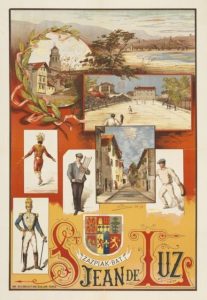
A full list of all of Buber’s Basque Facts of the Week can be found in the Archive.
Primary sources: Urkizu Sarasua, Patricio; Urkizu Sarasua, Patricio. Zazpiak Bat. Auñamendi Encyclopedia. Available at: https://aunamendi.eusko-ikaskuntza.eus/en/zazpiak-bat/ar-146820/; Zazpiak Bat, Wikipedia; Zazpiak Bat, Wikipedia; Basque Literary History, edited by Mari Jose Olaziregi, translated by Amaia Gabantxo, published by Center for Basque Studies
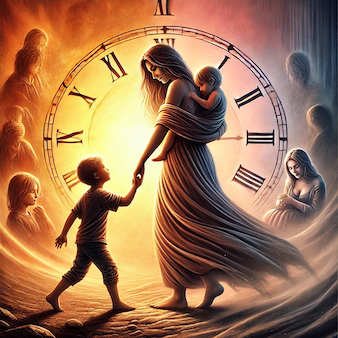
Amari egindako zorrak ez dira inoiz ordaintzen.
What one owes to one’s mother is never repaid.
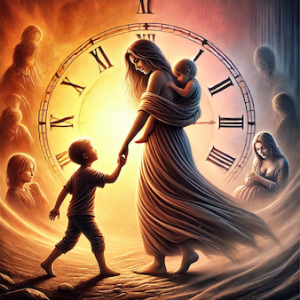
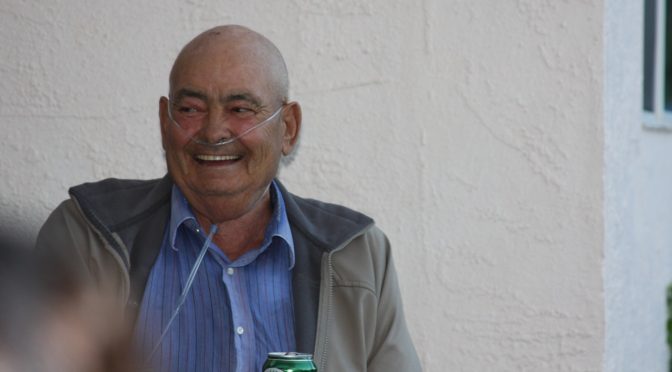
Today is dad’s birthday. He would have turned 81 today. I miss you, dad.
Dad came to the United States when he was 18. Like many immigrants, particularly those who came so young, he didn’t have many hobbies. Well, none that I know of. Before he came to the United States, he had been working in the Basque Country, on local baserriak, to help the family get by. He had quit school when he was 14, though not because he couldn’t do the school work – he just had to help the family. Dad was always sharp – he would help me with my arithmetic when I was a kid – he just didn’t know any advanced math.
While I was growing up, dad never really developed any hobbies either. When he wasn’t working, which it seemed like he was always doing, he’d hang out with other Basques or just relax at home. He often got home long after dark so there wasn’t much opportunity to do much anyways.
Except his garden. That was his main thing when I was a kid. He had literally hundreds of pepper plants, primarily txorixeros, but also bell peppers. He had a few tomato plants too. Mostly he grew the peppers so he could fry them up in oil, which he would do whenever friends came over. I hated those peppers – still do. Dad would always tease me about that, especially how I loved chorizo but hated the peppers that were inside…
But, when I was a kid, that was it. He’d grow some other things, but more as an aside rather than as a real crop. He’d have some garlic, but it wasn’t until later that garlic became a big thing for him.
That happened about when I went to college. I don’t remember dad ever making jamón or chorizo when I was a kid, but as soon as I left for college, he seemed to find a passion for both. His homemade chorizo had a somewhat tangier, maybe gamier flavor than the Gem brand that was the de facto chorizo in the Boise area, but I grew to love that flavor. And his jamón… I swear, jamón serrano is better than candy – I can never get enough when I visit family in the Basque Country. And dad’s was great. He really perfected his process and it always turned out awesome.
For reasons I never fully understood, dad would pack his chorizo in milk jugs with the tops cut off, fill them with water, and freeze them. This was before he got a vacuum pack machine, so maybe it was because it was cheap, or maybe it’s how they might have done it back on the baserri (though they didn’t have electricity so no freezer). In any case, he’d send me back to school with jugs of frozen chorizos. I’d have to break them out of the ice and let them sit on my dorm room counter to thaw. People would walk by and always make some comment about my “turtle shells” – that’s what it sounded like to them when I said chorizo. But, anyone who was willing to try them always loved them.
About the same time, he started growing a lot more garlic, which he would braid up and give to family and friends. Sometimes people would insist on paying something for a braid, but dad never really did it for the money, it just gave him something to do and I think he liked being able to give it away like that. He’d grumble about how many people he had to make a braid for each year, but in the end I think it gave him a sense of purpose.
When dad got sick and was forced to retire, it was hard not having any other hobbies. His garden and his jamón and chorizo would take some of his time, but he didn’t have the same outlets many of us have to while away the day. He didn’t read, he didn’t have a shop per se, and without his truck he didn’t have something to tinker on. For a man who spent his whole life working with his hands, it was hard when that was taken away from him, especially during the long weeks and sometimes months he was in the hospital. He didn’t have a hobby that engaged his brain and I think that led to a lot of boredom.
He later got a cellphone and would be on it all the time with his friends and even his family back in the Basque Country, a striking change from when I was a kid and he’d call his family maybe once or twice a year because it was so expensive. Now, he was on his phone seemingly daily talking to his brothers and sisters. That helped fill the gap some.
Supposedly, when dad was a kid, he had thought about becoming a carpenter and, if he hadn’t come to the United States, maybe that’s what he would have done. In a different world, where his business had been more successful, I could see that dad might have built a wood shop. As it was, he didn’t do much but once in a while he would bust out the saws and hammers and build small things. I think, given the opportunity, he would have really enjoyed building things.
I know dad’s story isn’t unique. I’ve talked to some of his friends and they all have the same challenge – once their bodies don’t let them do all of the hard work they’ve done all of their lives, what’s next? There is only so much Little House on the Prairie or Walker, Texas Ranger you can watch. I think dad found some relief by hanging with his friends, but I also don’t think it was ever quite enough. These days it seems we have some many little distractions that add up and suck our days away, but for dad and his generation, they never quite had that. Maybe in the old country they would have gone out for a drink or danced or sang. They’d meet up in the Herriko Taberna and just pass the day away playing cards. And dad did start playing cards when he was older – I never saw him play when I was a kid. But, it’s harder to find that group of friends, even in a small town, in the United States. Everything is so spread out and everyone is doing their own thing. I do wonder how things would have been different for him if he had never left the Basque Country. But then, I wouldn’t be here, so I’m glad he did. Yet another sacrifice he made to build a life in the United States.
Thanks to Lisa Van De Graaff for encouraging me to record dad and his stories when I could. Lisa took the photo at the top.
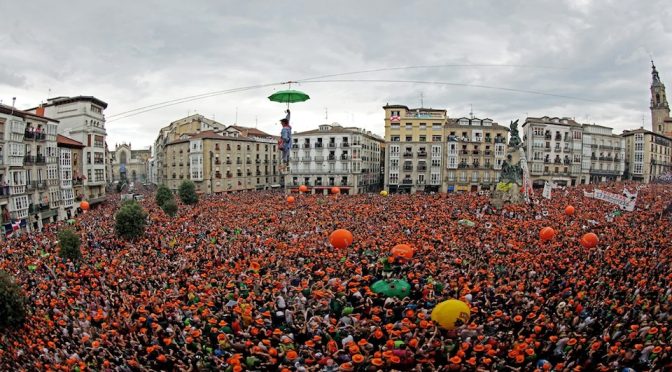
The Basque Country is full of colorful festivals and each city and town has their own special fiesta. Even towns as small as Munitibar – less than 500 people – have a big fiesta on their saint’s day, with the plaza full of people dancing to live music. Vitoria-Gasteiz, the political capital of the Basque Autonomous Community, is no exception. Their main fiesta, in honor of the White Virgin and celebrated around her feast day of August 5, draws thousands upon thousands of people and features an oddly unique character that ushers in the main festivities.
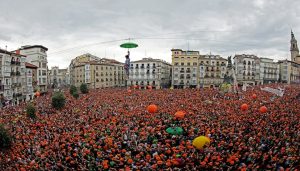
A full list of all of Buber’s Basque Facts of the Week can be found in the Archive.
Primary sources: Arozamena Ayala, Ainhoa. VIRGEN BLANCA. Auñamendi Encyclopedia. Available at: https://aunamendi.eusko-ikaskuntza.eus/en/virgen-blanca/ar-128546/; Arozamena Ayala, Ainhoa. Virgen Blanca. Auñamendi Encyclopedia. Available at: https://aunamendi.eusko-ikaskuntza.eus/en/virgen-blanca/ar-142639/; Fiestas de la Virgen Blanca – Historia, tradición y la bajada de Celedón, Vitoria-Gasteiz

Alferrik da, ura joan eta gero, presa egitea.
It is useless to hurry once the water has already run by.

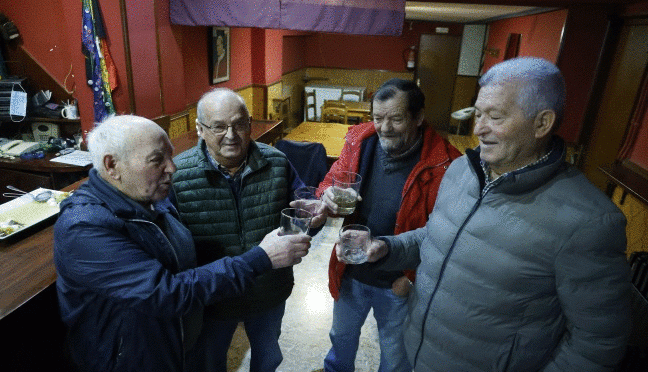
Wandering the streets, friends in tow, hopping from bar to bar, getting a bit of a drink and a pintxo – the tradition of the txikiteo. One of my favorite things to do in the Basque Country, txikiteo is the epitome of Basque social life. It’s a perfect way to spend time with your koadrila and to bump into other friends. It’s also a great way to see a Basque town, to get to know its heart. If you haven’t had the chance, I highly recommend an evening (or three) exploring your favorite city in a new way.
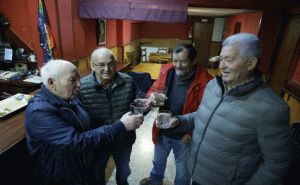
A full list of all of Buber’s Basque Facts of the Week can be found in the Archive.
Primary sources: El vaso de txikito: tradición y cultura en Bilbao by Julia Flores, Radio Nervión; Un trago con muchas historias by Marta Hernández, Deia; Txikiteo, Wikipedia

Alferrarentzat jana eta langilearentzat lana, ez da inoiz faltako.
There is never a lack of food for the lazy person, nor of work for the industrious.

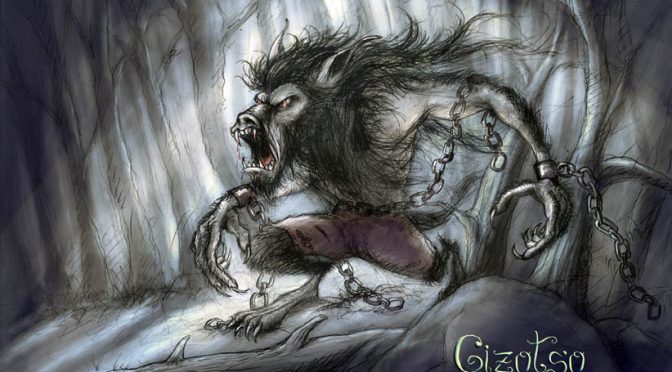
Gizotso – gizon (man) + otsoa (wolf) – is the Basque wolf man, the Basque werewolf. Though there aren’t many wolves left in the Basque Country, Basques have a long history with wolves, which often terrorized livestock and even people. So, it is no surprise that the Basques, as so many cultures, had stories of men who became wolves, who were more vicious than any wolf ever was. While stories of werewolves are common throughout the world, the Basque version has a few interesting twists. No silver bullets here, but if you hit his shadow an odd number of times, you can hurt him.
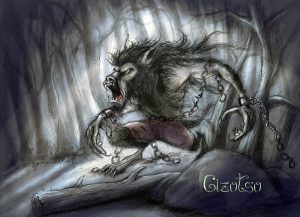
A full list of all of Buber’s Basque Facts of the Week can be found in the Archive.
Primary sources: Barandiaran Ayerbe, José Miguel de. Gizotso. Auñamendi Encyclopedia. Available at: https://aunamendi.eusko-ikaskuntza.eus/en/gizotso/ar-66361/; Gizotsoa euskal mitologian, Wikipedia
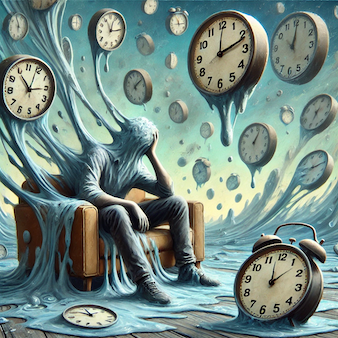
Alferrarendako lanik ez, eta astirik ez.
The lazy person has no work, but no time for anything else either.
